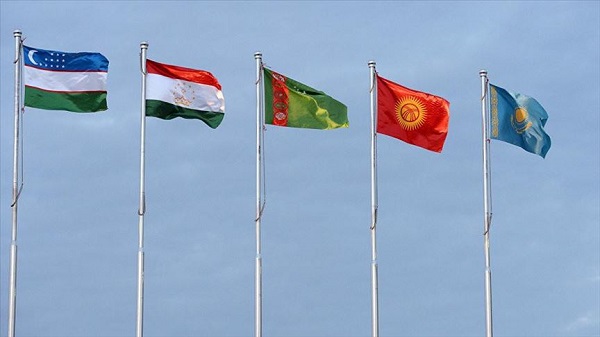nCa Report
In the evolving landscape of global manufacturing, Central Asia—comprising Kazakhstan, Kyrgyzstan, Tajikistan, Turkmenistan, and Uzbekistan—is emerging as a compelling destination for companies seeking to relocate their operations. This region, often overshadowed by established hubs like China or Southeast Asia, offers a unique blend of advantages: a highly literate and disciplined workforce, improved infrastructure, favorable tax regimes, political stability, lower wages, and strategic neutrality. Bolstered by significant Chinese investment and a focus on economic diversification, Central Asia is positioning itself as the newest frontier for manufacturing. However, challenges such as infrastructure gaps, workforce training needs, and competition from other regions must be navigated.
A Skilled and Disciplined Workforce
Central Asia’s nearly 100% literacy rate is a cornerstone of its appeal as a manufacturing hub. This high level of education ensures a workforce capable of handling complex manufacturing processes, from assembly lines to high-tech production. The region’s population is also known for its disciplined work ethic, a trait highly valued in industries requiring precision and reliability. This combination of education and dedication makes Central Asia an ideal location for both labor-intensive and skill-driven industries.
Enhanced Infrastructure and Connectivity
Significant investments in road and rail infrastructure have transformed Central Asia into a well-connected region. These developments have reduced the time and cost of moving goods across the Eurasian landmass, linking Central Asia to markets in Europe and Asia. Additionally, improvements in soft infrastructure, such as faster border crossings, have streamlined international trade, making the region more competitive for global supply chains.
Favorable Tax Regimes and Investment Incentives
Central Asian governments are actively courting foreign investment through attractive tax policies and legislative support. These incentives, including tax holidays and reduced rates, lower the cost of entry for manufacturers and encourage long-term investment.
Peace, Stability, and Neutrality
Central Asia’s robust political stability is a critical advantage for manufacturers seeking secure environments. Unlike regions facing geopolitical tensions, Central Asia maintains a neutral stance, avoiding negative international scrutiny. This neutrality reduces risks associated with reputational damage or trade disruptions.
Cost-Competitive Labor
Lower wages are a significant draw for manufacturers in Central Asia. Compared to established hubs like China, where rising labor costs have eroded cost advantages, or Southeast Asia, where wages are also increasing, Central Asia offers a cost-competitive workforce. This advantage is particularly appealing for labor-intensive industries such as textiles or electronics assembly, where labor costs significantly impact profitability.
Strategic Location at the Crossroads of Continents
Geographically, Central Asia sits at the crossroads of Europe and Asia, making it a natural hub for manufacturing and distribution. Its strategic location facilitates access to both Eastern and Western markets, enhancing its role in global supply chains.
Sector-Specific Opportunities
Central Asia offers opportunities in diverse sectors, including petrochemicals, agriculture, tourism, and textiles. These sector-specific opportunities align with global demand, making Central Asia a versatile manufacturing base. /// nCa, 12 May 2025
